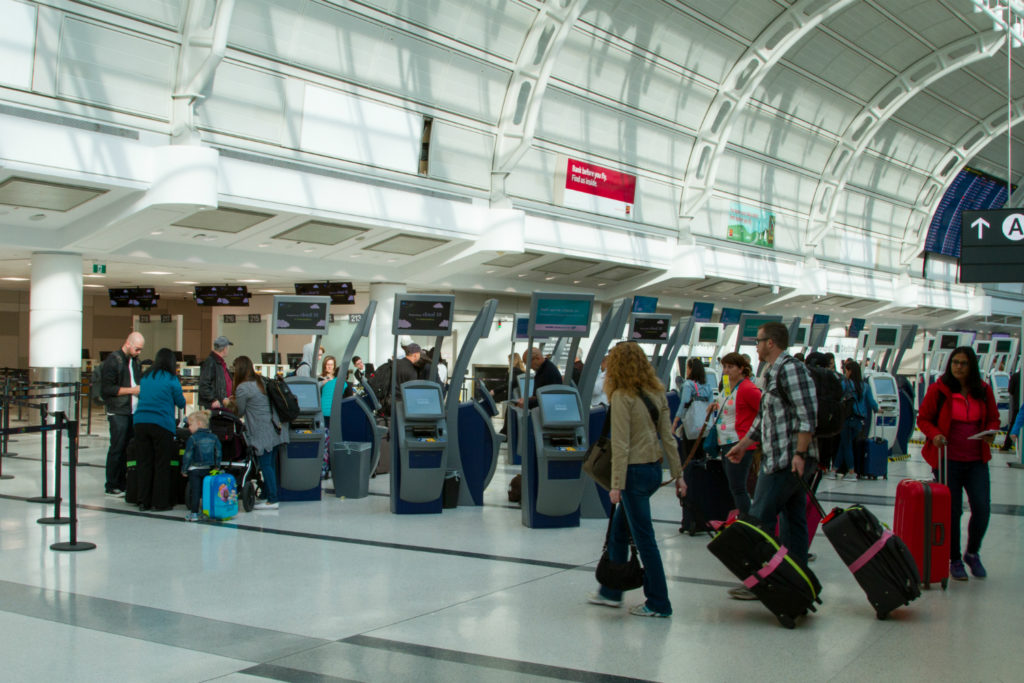Estimated reading time 7 minutes, 12 seconds.
Airlines were evidently able to persuade the federal government that certain elements of the new air passenger protection regulations, some of which take effect July 15, required extra time to comply so that they have the resources in place to help them avoid financial penalties.

This was indicated during a technical briefing by the Canadian Transportation Agency in preparation for publication in their final format in the May 21 edition of the Canada Gazette Part II. Among other things, when in full effect, the new passenger protection regime for flights to, from and within Canada should strike a balance between stringent rules within the European Union and a less aggressive approach taken in the United States.
Airline companies and their national associations and lobbyists have been urging a conservative approach to the new rules, prompting Skies to ask at the briefing how they would compare with the other major jurisdictions.
Speaking on background, not for attribution, the CTA official replied that Canada has learned from the EU and U.S. experiences. “The United States does not have provisions around flight delays and cancellations or seating of children, for example,” she said, but does have “a robust set of provisions around tarmac delays which we looked at closely.”
The latter turned out to be problematic in that some carriers simply cancelled flights rather than wait. “It’s important to allow a window to let a pilot decide it is possible to take off.”
In contrast, while the EU does require clearly-defined compensation for flight delays and poor standards of treatment and communications, she also suggested that Canada has tried to avoid some EU requirements which she described as “problematic.”
Transport Minister Marc Garneau said in a statement issued by his office that the government’s goal is “a world-leading approach to air passenger rights that would be predictable and fair for passengers, while ensuring our air carriers remain strong and competitive. . . . These new regulations achieve that balance and will give air travellers the rights and treatment they pay for and deserve.”
The CTA spokesperson explained that the July 15 first phase of the new rules will require better communications with passengers affected by delays or who have been denied boarding or whose baggage has gone astray.
The second phase, effective Dec. 15, is designed to give operators time to set up effective options when flights are cancelled and how to handle seating for children,
The new rules are based on consultations last year with the industry and passengers. Those included some 900 random interviews at 11 airports, more than 30,000 visits to a CTA website, and more than 400 written submissions as well as meetings with passenger advocacy groups and operators as well as EU and U.S. officials.
Initial draft regulations were published in the Canada Gazette Part I last December for a 60-day public comment period. That ended Feb. 20, setting the stage for the final publication and the briefing beforehand.
“There was general consensus from travellers and consumer advocates on a number of points,” the CTA spokesperson said. “These are the importance of clear, concise, accurate and regular communications from airlines, that compensation should be fairer and passengers should have sufficient time to make a claim.”
Other complaints involved often hours-long tarmac delays necessitating the provision of food, water, access to lavatories and “proper” ventilation as well as a “simple, clear and consistent” complaints process with appropriate penalties for non-compliance.

“Airlines raised concerns about the timelines to come into compliance,” the spokesperson said. They also had issues with compensation levels and that the scope of the new regime was “too broad” in the way it applies to all flight to, from and within Canada, notably connecting flights.
“The regulations clarify which carriers are responsible . . . in the event that multiple carriers are involved in the passenger’s ticket. . . . The operating carrier is responsible for most of those requirements except those related to communications before the day of travel, which are the responsibility of the carrier whose ticket is issued to the passenger.”
In code-shares, all carriers will be “jointly and separately liable” for seating children and the transportation of musical instruments, two elements which evidently generate a lot of complaints.
On the fundamental issue of keeping passengers informed, an acknowledged shortcoming which generated a lot of complaints, operators must provide regular flight status updates in what the CTA spokesperson described as “a timely, clear and accessible way” as well as providing clear information on compensation options.
When Skies asked who defines and interprets such flexible regulatory wording as “timely, clear and accessible communications” and “reasonable” options for carriers, the spokesperson explained that the regulations “articulate basic requirements” and that “of course there’s going to be some grey areas in terms of what a particular term means.” They would be providing “guidance” to carriers and passengers “on better understanding by what is meant.”
She acknowledged that some situations would need to be handled “case by case” but “generally we tried to be as clear as we can.” Asked then how strong differences of opinion would be handled, she said ongoing monitoring and “strong enforcement” should help to ensure fairness.
“However, there may be, in some cases, a legitimate dispute . . . as to how the regulations apply,” she added. “The CTA offers, first of all, formal dispute resolution services such as mediation and facilitation at no cost to passengers. . . . If that’s not successful, it then proceeds to adjudication. There’s no requirement for passengers to have a lawyer.”









Just Typical…Airlines have known about this for a while …and what happens ? As usual the parties that be ask for more time … pfft… another dose of screw you Canadian Traveller ..